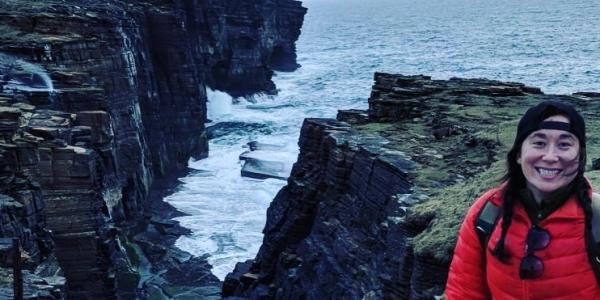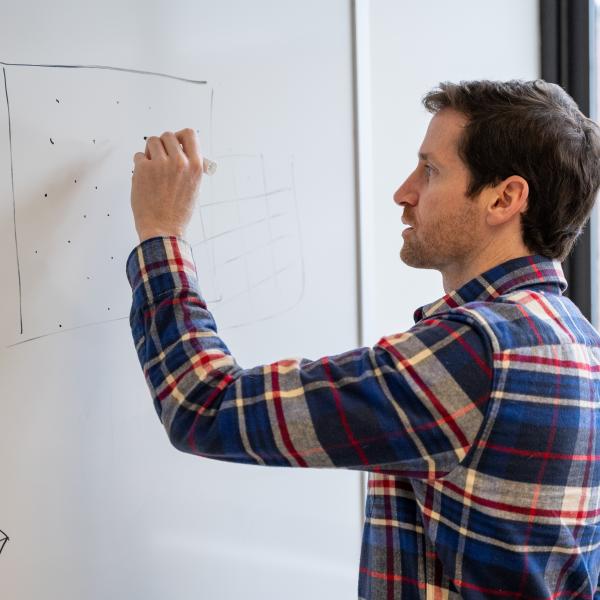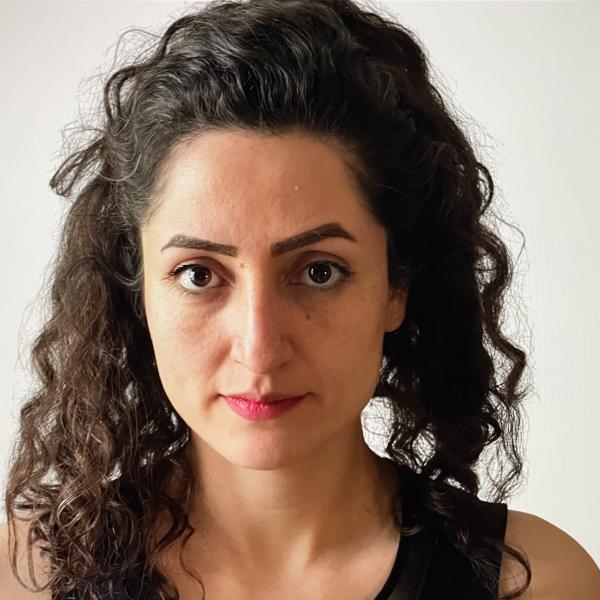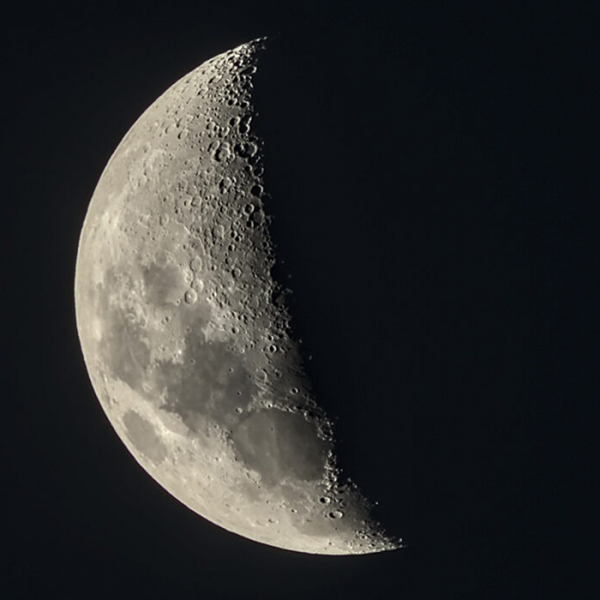Claire Masteller joined the Department of Earth and Planetary Sciences as an assistant professor in January 2020.
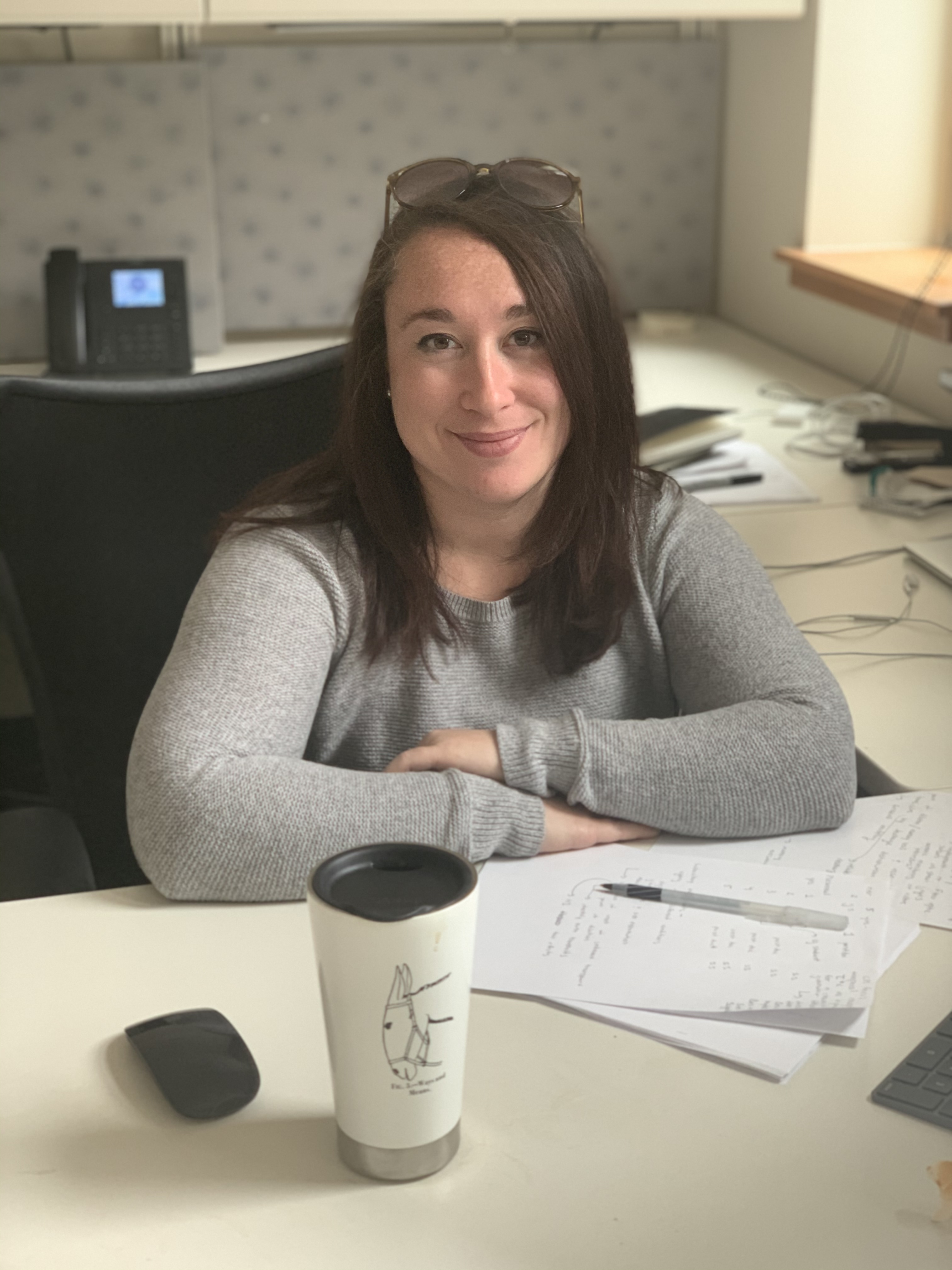
You’re a geomorphologist. What does that mean?
Geomorphology is the science of scenery. It’s a way of understanding the processes that give rise to the patterns we see across the Earth’s surface, mostly through erosion and deposition and processes like landsliding, river flows, and aeolian [wind] transport. These things are what make the landscapes you see when you look out an airplane window.
There are lots of different ways to do geomorphology, but what I focus on generally is understanding the physics of modern processes, including sediment transport and rock erosion.
What are some real-world applications of your research?
When I think about erosion, say in river systems, I’m interested in understanding how the sediment in those river systems organizes itself in response to the flows it experiences. How is the local climatic variability transferred into the erosional record or the sedimentary record through the buffering agent of sediment in the river? How the sediment is arranged is going to specify how strong a system is in response to floods and other major events.
Put another way, I’m looking at the memory of these systems. Memory lets us know how a landscape has arranged itself to reflect past conditions and how that informs how a system is going to respond to conditions in the future. We want to be able to predict how the world around us is going to respond to climate and storm intensity changes, and we need good physical models to do that.
St. Louis certainly has rivers and flooding issues. Is that part of what drew you to WashU?
As someone who works on rivers, it is pretty ideal to sit at the confluence of such big ones, but I actually work mostly on smaller, headwater rivers. The Mississippi River presents lots of challenges in terms of measurement, so it’s more useful to tackle sediment transport questions in smaller catchments in combination with lab work. This region has lots of fascinating, smaller rivers, and the Ozarks are incredible from a bedrock river perspective.
What project are you excited about right now?
I recently started working on a local problem involving rivers and sediment transport at the intersection of environmental justice and geomorphology. With a colleague from Williams College, I’m working with the Housing Commission here and equity legal services to address flooding issues in a community called Centerville near East St. Louis, IL. This community is experiencing an environmental catastrophe related to poor channel management and planning. Local river channels are unstable now and trying to change direction through people’s homes. They’ve requested river restoration projects before, but have been turned down, and now they’re totally overwhelmed by this situation.
We’re trying to understand the dynamics of this river system and the conditions that cause flooding. With this project, we hope to show that fundamental science can work alongside communities to provide practical solutions in addition to furthering basic research.
You’re from the east coast originally, and you’ve spent time on the west coast and in Europe since then. How are you adjusting to life in the Midwest?
I’ve only been here a few weeks, but I’ve felt incredibly welcomed. Everyone is so nice here, ready to help out with getting me settled, and making sure I’m doing well. I’m excited to get out into the Ozarks, for work and play. Check back with me in a few months, and I’ll tell you all my favorite things about St. Louis.
Visit Masteller’s profile to learn more about her current work and research opportunities.

